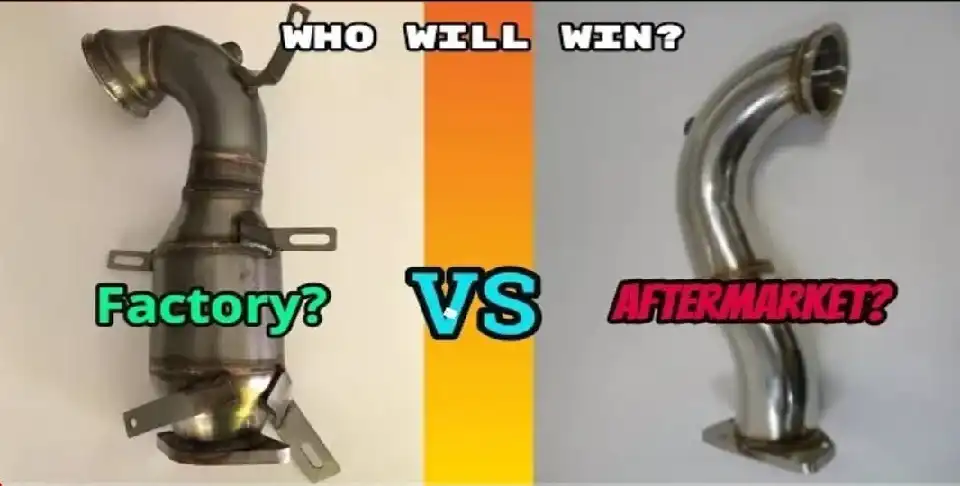🚩What you will read in this article:

- How the exhaust system works?

- What does DeCAT mean and what do we do DeCAT?
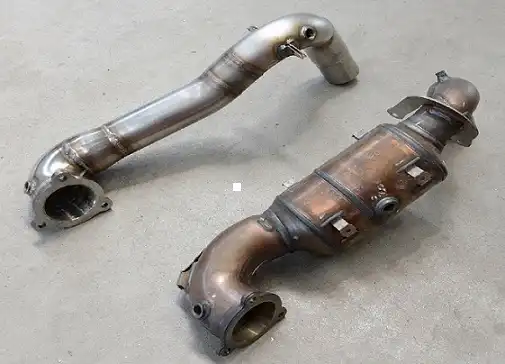
- How to do DeCAT?
- How to turn off the rear O2 sensor?
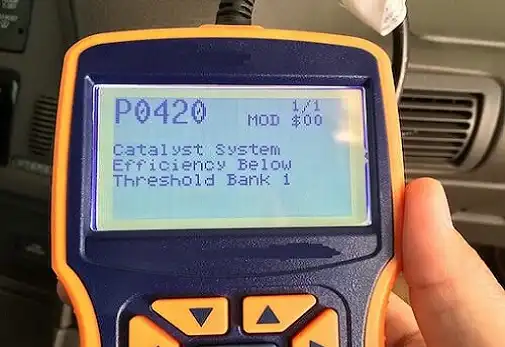
- Advantages and disadvantages of DeCAT
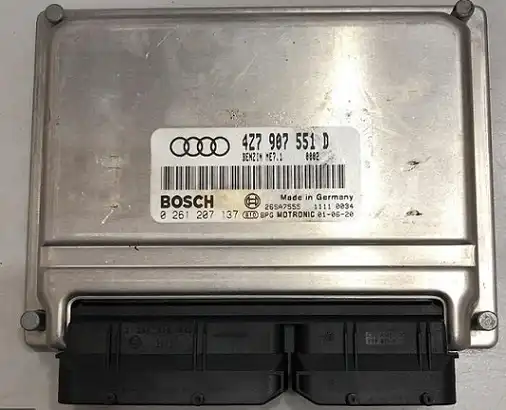
- Various DeCAT Software
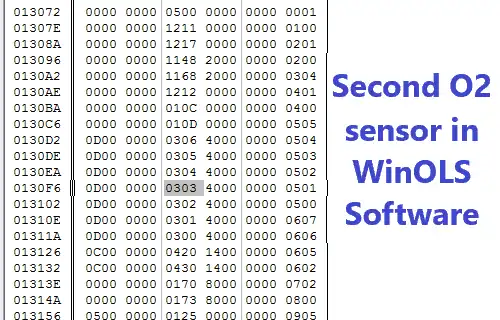
- How to disable the O2 sensor tutorial?
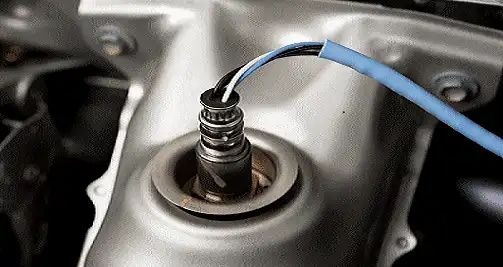

How The Exhaust System Works?
Generally, the engine gas evacuation system or exhaust comprises the exhaust manifold, catalyst, resonator, muffler, and tailpipe. The whole mentioned set is responsible for reducing engine emissions, temperature as well as noise. Meanwhile, the catalyst is responsible for minimizing toxic and hazardous emissions. The internal components of the catalyst include a basic platinum-radium layer, ceramic honeycombs, followed by platinum-palladium layer, and, finally, a second ceramic honeycomb. Nitrogen oxides, hydrocarbons, and carbon monoxide are among these toxic and dangerous gases that catalysts remove to a relatively large amount and practically convert into water, carbon dioxide, and nitrogen. dangerous gases that catalysts remove to a relatively large amount and practically convert into water, carbon dioxide, and nitrogen. The shelf life of catalysts is about 50 to 60 thousand kilometers, after which the catalyst often starts to lose its efficiency.
These factors:
- High temperature
- Mechanical damages and impacts
- Depreciation due to overuse
- Engine failure and related parts, such as injectors, wires, and candles.
It can cause catalyst failure and pore-clogging and cost you a seriously small fortune.
What Does DeCAT Mean and What Do We Do DeCAT?
DeCAT or Delete catalyst, by definition, refers to removing the vehicle's catalyst. Why do we DeCAT anyway?
Clearly, obstacles, such as catalysts, reduce engine horsepower, but using methods such as DeCAT can remove these obstacles and improve engine performance by providing more horsepower.
The removal of DeCAT has its own reasons and fans that off-road riders are among them.
How To Do DeCAT:
DeCAT refers to removing the car's catalyst and replacing it with a pipe directly from the engine to the outside air. But you cannot just replace the pipe, and you are good to go because the catalyst having an exclusive downstream O2 sensor will land you in trouble in the long run.
The sensor's function is to check the correct performance of the catalyst. When the catalyst is defected or removed, this sensor reports the catalyst's dysfunction to the car's ECU, turning on the check light.
In this case, if you connect the scanner tool to the car, you will encounter the error code P0420. The P0420code stands for “Catalyst System Efficiency Below Threshold (Bank 1)”. When you receive a P0420 code, it means your catalytic converter is not operating at maximum efficiency.
How To Turn off The Rear O2 Sensor?
An oxygen sensor simulator can help resolve this issue, but you may encounter a P0420 error code even so all these issues show up when you do not switch off the second O2 sensor through the software and do not do the so-called Lambda O2 Removal. Deleting the rear O2 sensors is a method by which you remove the catalyst oxygen sensor using the software and disconnect it from your car ECU. This method can complement your DeCAT and not only rid you of the defects mentioned but also improve the power and acceleration of your car.
Decat Exhaust Pros and Cons:
Advantages of DeCAT:
1) An increase in the car power by a few horse powers
2) Better initial acceleration of the car
3) Reduction in car engine vibration
4) Elimination of catalyst-related problems, such as replacement and repair costs, bad odor due to catalyst failure, etc.
5) Check lights not turning on, which is related to the catalyst and second sensor defects.
Disadvantages of DeCAT:
1) An increase in air pollution
2) An increase in engine noise
3) Reduction of vehicle acceleration and problems related to the catalyst oxygen sensor. You will face this issue using the physical and non-software removal method, not proper software.
How To Turn off Rear O2 Sensors?
At CaracalTech, with years of experience in ECU calibration and remapping, we can identify and change the tables related to O2 sensor off in all diesel and petrol ECUs. At CaracalTech, we have different techniques for resetting the DeCAT and Lambda/ O2 Removal maps. Besides, CaracalTech offers a full in ECU DeCAT tutorial to enable you to identify and select the tables related to disable the O2 sensor function in the EMS with just one basic tutorial or do full DeCAT settings completely on your own.
📍Opposite, you can see images related to the programming space within Swiftec and WinOLS to delete the O2 sensor.
📍Also you can watch our WinOLS Training Course.
📍Here, you can learn the basics once for good and change or remove Lambda O2 sensor whenever you needed. Here is the link to the DeCAT training video in various software environments and ECUs.
❗You can watch instructional videos ECU Remapping course section.
❗If needed DeCat, DTC Off Service or etc., you can upload your files to Tuning file service, so we can make your desired changes, such as downstream O2 sensor delete, on in various ECUs such as BOSCH ME7, ME17, SIEMENS MS 42,43& 45 DELCO E37, 38 and a lot more.
Pop & Bang:
Pops & Bangs is another interesting thing you can do with ECU Remapping. The sound of fuel combustion outside of the cylinder is known as "pop and bang", and it might be followed by a flame.
Have you ever been attracted to this fascinating sound?
Do you have any idea what's going on?
When the ignition period (retard) in the combustion cycle is prolonged enough, the explosion process can be transferred to the exhaust cycle. Therefore, when the Air/Fuel Mixture reaches the end of the exhaust, it will burn and explode. You can do this by modifying the ignition tables in the ECU while changing gears or releasing the accelerator pedal to perform this process. You should know that this has no effect on engine performance and may even harm it.
You can download the Pop and Bang software if you want to experience this exciting event in your car as well.
❗Note that the car's catalytic converter must be removed in order to perform this.
📍For more information and probable problems feel free to contact us: support@caracaltech.com
